A report surrounding mobile app subscriptions provides in-depth data from across 2023, which shows how most struggle to make enough to get by.
It's no secret that working as an app developer isn't a guarantee of constant income. Most apps in existence are throw-away projects or simple tools with no avenue for generating revenue.
A report from RevenueCat called "State of Subscription Apps" contains data about 30k subscription apps across 290 million subscribers. Relevant data points were first shared and broken down by TechCrunch.
The data from the report is a unique look at the app subscription business across Apple's App Store and the Google Play Store since it is the single largest dataset outside of the companies themselves. Many data points remained flat year-over-year, like the common $10 price for monthly subscriptions, though average prices have crept up by 14%.
Only 17.2% of apps will reach $1,000 in monthly subscriptions, but those that do will grow more easily. About 59% of apps that reach $1,000 in monthly revenue reach $2,500, and 60% of those will reach $5,000.
Only 3.5% of all apps reach $10,000 in monthly revenue.
The retention rate of subscribers after 12 months dropped by 14% year-over-year, but 10% of those re-subscribed within another year.
"We definitely saw a tightening, which would make sense, because a lot of apps were raising prices — inflation-induced price raises — which then, of course, would lead to people churning as well," said RevenueCat CEO Jacob Eiting. "Overall, the whole ecosystem seems to have grown pretty well, but there has been some readjustment."
Eiting continues with predictions for 2024, suggesting that AI will be a disruptor over the next year. He states it isn't the death of mobile as some have predicted, but a second act since mobile is the interface for AI.
The State of Subscription Apps 2024 is a dense report filled with metrics meant to answer any question a person could have about the app subscription market. Anyone can view the 120-page report by providing their email to RevenueCat.
 Wesley Hilliard
Wesley Hilliard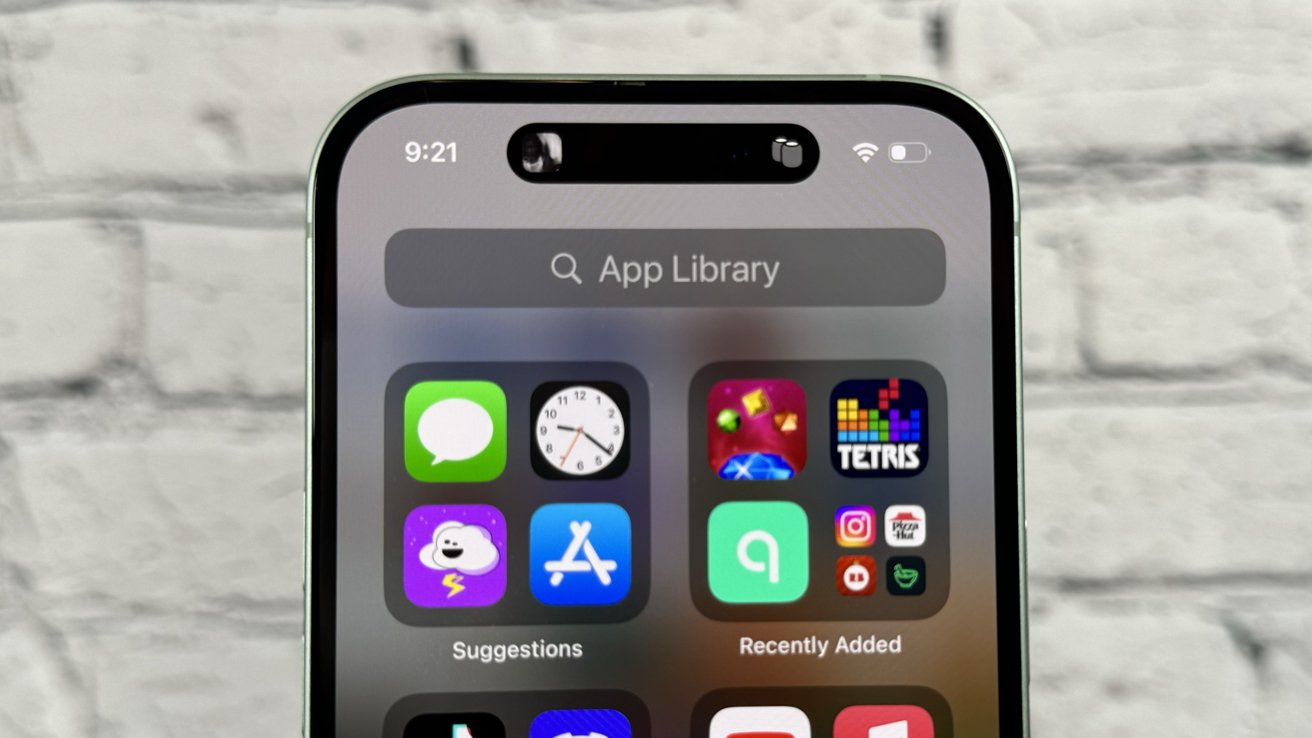



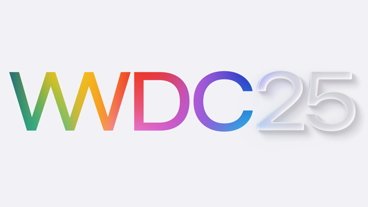


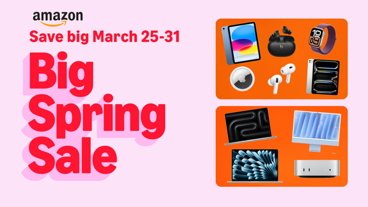
-m.jpg)






 Marko Zivkovic
Marko Zivkovic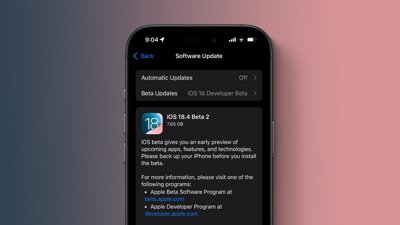
 Mike Wuerthele
Mike Wuerthele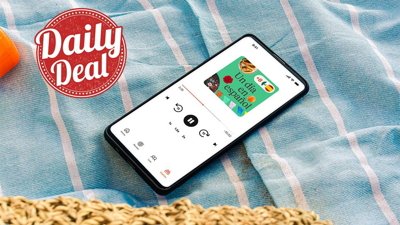
 Christine McKee
Christine McKee
 Amber Neely
Amber Neely
 Sponsored Content
Sponsored Content


 William Gallagher
William Gallagher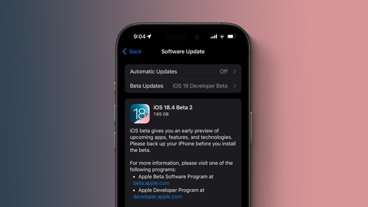








11 Comments
I am totally heartbroken. Shattered.
just have a decent up front price and avoid the complicated revenue stream management.
I don't need another monthly bill. I'm happy to pay a fair price, but I'm not paying for eternity.
That's one of the points missing in the App Store. My favourite model, start with a free 'test run', if the product convices 'buy it' (for a one off price) and give the developer a good way to eventually charge for an upgrade when the next big release comes out.
A developer has to jumps to all kinds of hoops to reach that goal, might need to update by offering a 'new' product in the app store ... and that whole process is fraught with errors since Apple makes such a poor job in keeping bad actors out of the app store (the search is broken and delivers copy cats and ads instead of what you are looking for).
I guess the poor App-Store experience is by intend .. since Apple figured out a way to rip off more money by pushing developers into subscription models for apps or 'stacks of gold' in games.